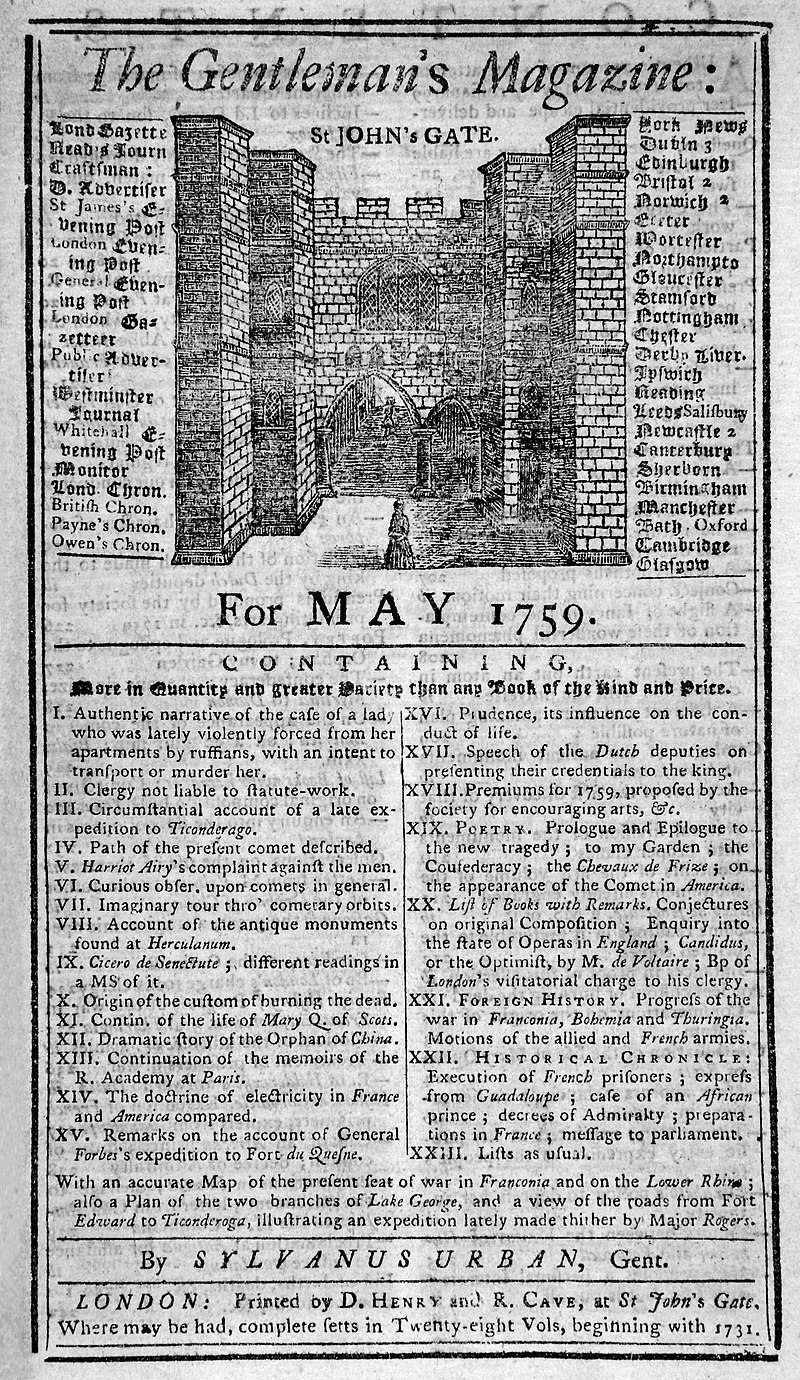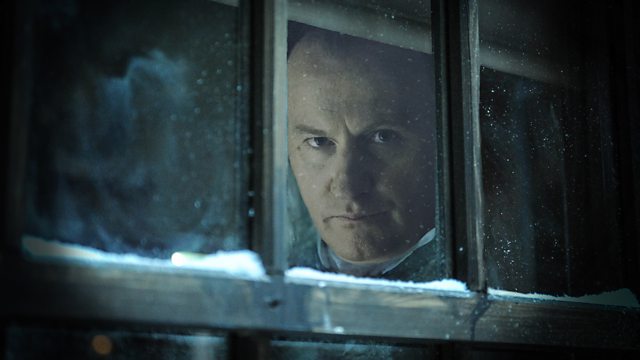“The Stalls of Barchester Cathedral” is a ghost story by the English medievalist and author M. R. James (1862–1936), first published in the magazine Contemporary Review in 1910, and included in his second collection of ghost stories, More Ghost StoriesCollection of seven short stories by the English medievalist and author M. R. James, first published in 1911. (1911).[1]
The story is told in the third-person by an unnamed narrator who, while cataloguing the manuscripts of the college to which he belongs, comes across a box of manuscripts bequeathed to the college library in 1834, which the librarian says he has been told should never should have been accepted by the college, and should never be opened.
Synopsis
The story begins with an obituary in the The Gentleman’s Magazine Monthly compendium of the best news, essays and information from the daily and weekly newspapers, published from 1731 until 1914., telling of the mysterious death at his home in Barchester’s Cathedral Close of the Venerable John Benwell Haynes, Archdeacon of Sowerbridge and Rector of Pickhill and Candley. The obituary ends with the words:
Monthly compendium of the best news, essays and information from the daily and weekly newspapers, published from 1731 until 1914., telling of the mysterious death at his home in Barchester’s Cathedral Close of the Venerable John Benwell Haynes, Archdeacon of Sowerbridge and Rector of Pickhill and Candley. The obituary ends with the words:
While cataloguing the manuscripts of his college library the narrator comes across a box labelled “Papers of the Ven. Archdeacon Haynes. Bequeathed in 1834 by his sister, Miss Letitia Haynes”, which the librarian is quite happy to allow him to take home to examine at his leisure. The box contains mainly journal and letters, from which the remainder of the story is pieced together.
Haynes had been appointed to the archdeaconary following the death of his predecessor, Archdeacon Pulteney, who had apparently fallen down stairs and broken his neck because of a missing carpet stair rod, for which his maid was blamed. Haynes performs the duties of his office with great zeal, but he becomes haunted by the carved figures in the stalls of Barchester Cathedral. One in particular captures his attention, that of a figure seated upon a throne, feet covered by a long robe, with curving horns and long talons, opposite which is an exquisitely carved cat. Haynes discovers that the carvings are not the work of Dutch artists, as generally believed, but the work of a local artisan named Austin.
A little investigation reveals that the timber for the stalls came from a local oak copse, property of the Dean and Chapter, known as Holywood. One large oak in particular, near the centre of the copse, had been known as the Hanging Oak, a title that seemed to have been justified by the quantity of human bones buried around it.
Haynes’s diaries show that after his first three years of tenure he seems to become depressed, and begins to hear voices whispering to him in the priory. At evening prayers, as he is resting his hand on one of the carved figures, the wood seems to change as if it is made of wet linen, just as the choir is singing the words “Set thou an ungodly man to be ruler over him and let Satan stand at his right hand”. A few weeks later, as he is going downstairs from his bedroom late one night, he hears something whisper “Take care”, just before he feels a large cat slip between his feet.
Among the contents of the box, the narrator discovers an undated letter from a woman named Jane Lee, demanding £40, “… otherwise steps will have to be took which I should not wish. Has you was the Means of me losing my place with Dr. Pulteney”. At about the same time the narrator supposes the letter to have been written, there was indeed a payment of £40 to J. L.
Haynes dies on 26 February. His obituary describes how he appeared to have fallen down the priory’s main staircase and then suffered a brutal assault, apparently by a savage animal. The narrator had already concluded that Haynes was responsible for Pulteney’s death, and pays a visit to Barchester Cathedral to determine if any of the woodwork has survived. There he meets an old man who had found one of the figures in a wood-yard, but on his way home it split in his hands, and a scrap of paper dropped out. It read:
When I grew in the Wood
This I drempt, 26 Febr. Ao 1699. John Austin.
I was water’d wth Blood
Now in the Church I stand
Who that touches me with his Hand
If a Bloody hand he bear
I councell him to be ware
Lest he be fetcht away
Whether by night or day,
But chiefly when the wind blows high
In a night of February.
Adaptations
The “Stalls of Barchester Cathedral” has been adapted for television by the BBC as an episode of its A Ghost Story for Christmas series, broadcast in 1971 as The Stalls of Barchester, which transposed the story to 1932.[2] The story also featured as an episode in the BBC 4 radio series The Haunting of MR James Radio series of five dramatised ghost stories by M. R. James, first broadcast in 2018., first broadcast on 19 December 2018.[3]
Radio series of five dramatised ghost stories by M. R. James, first broadcast in 2018., first broadcast on 19 December 2018.[3]
See also
- List of works by M. R. James
 List of the works written by M. R. James (1862–1936).
List of the works written by M. R. James (1862–1936).
References
Works cited
External links
- Full text of “The Stalls at Barchester Cathedral” at Project Gutenberg



